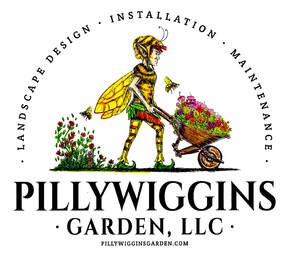The outside tour began at the milk house. This is where butter was churned and pressed into molds. This was my favorite outbuilding. It looked so cute from the outside, like the playhouse I had always dreamed of as a kid. But I grew up on a dairy farm so I knew the inside of this building would definitely look like work! Next stop, the kitchen. At first I thought, how strange to have an separate building designated as your kitchen space. But after seeing how the cooking was done it made perfect sense. The heat would be excruciating in the humid Louisiana climate. And it's probably pretty easy to burn your house down when you're cooking for hours on end over hot coals spread across the hearth. We were shown several cleaver tools for baking and oh what I wouldn't give for that cast iron collection! Every Wednesday, October through April when it's not so hot, Kent Plantation offers open hearth cooking demonstrations where you can sample authentic cuisine from the period. I would have liked to check that out but we visited on a Tuesday. The slave quarters were next to the kitchen. Only two building representing slave quarters stand but the original plantation would have had more. How many more I do not know. The buildings each contained two small rooms that adjoined and shared a fireplace. Each building would have housed two slave families, one family in each room. There was not a lot said about the number of slaves the Kent Plantation owners kept or how many people lived crowded together in one room. Although we were told that not all slave owners mistreated their slaves. I have to say, that one statement stuck in my craw. Slavery is a horrible, tragic part of U.S. history. If you're going to tell the story, please don't try to give it a glossy shine.
How do you like the state of the art laundry facilities pictured below? You probably recognize the wash boards, ironing board and irons in the back row but what about the you-do-it-by-hand agitators in the front row? I can't even imagine washing laundry like that! The barns and blacksmith shop were next. The plantation had a few barns to tour. One housed tools and garden implements, another would have housed livestock. There were many examples of garden tools, hand tools and blacksmithing tools. There was a tack shop for horses and a log canoe on display too.
The last stop on our tour was very interesting and something I had never seen before. This is where they processed sugar cane. The process was explained from start to finish, raw sugar cane to molasses. It was hot, dangerous work that would have been performed by slaves. The roof and decking would not have existed when this was in use. It's there for our safety and convenience. Slaves would have stood atop the the hot bricks stirring and transferring the boiling hot liquids for many hours until they had molasses. I hope you enjoyed touring the outbuildings of Kent Plantation. My third and final post on Kent Plantation will feature their lovely gardens. I hope you will read on and by all means, if you ever have the opportunity to visit the Kent Plantation House in Alexandria, Louisiana it's a day well spent.
0 Comments
Leave a Reply. |
Categories
All
Archives
July 2024
|
A Blog for Art, Garden & Nature Enthusiasts
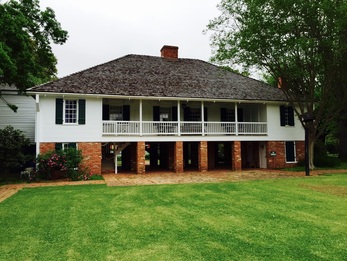
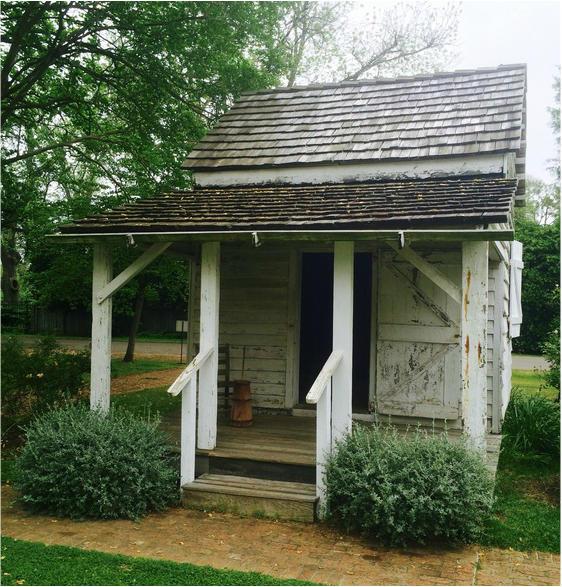
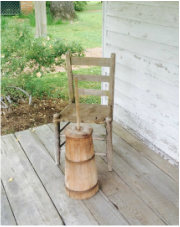
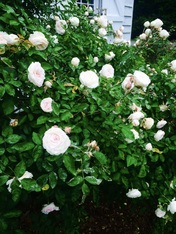
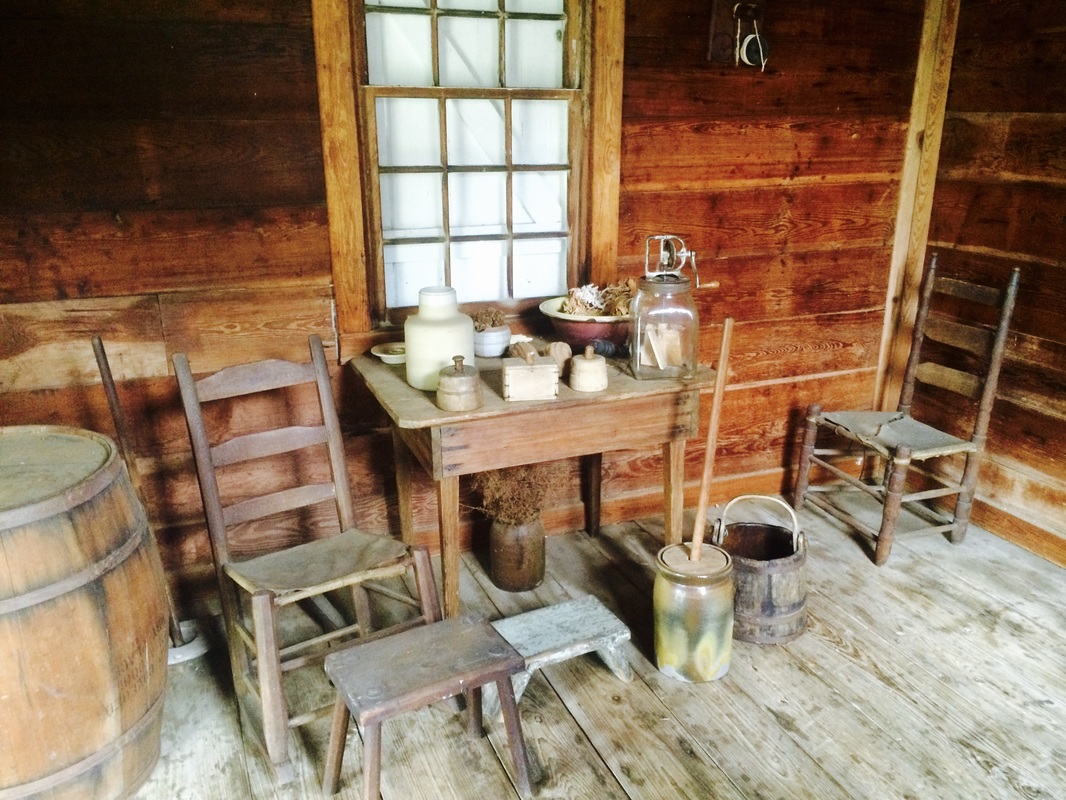
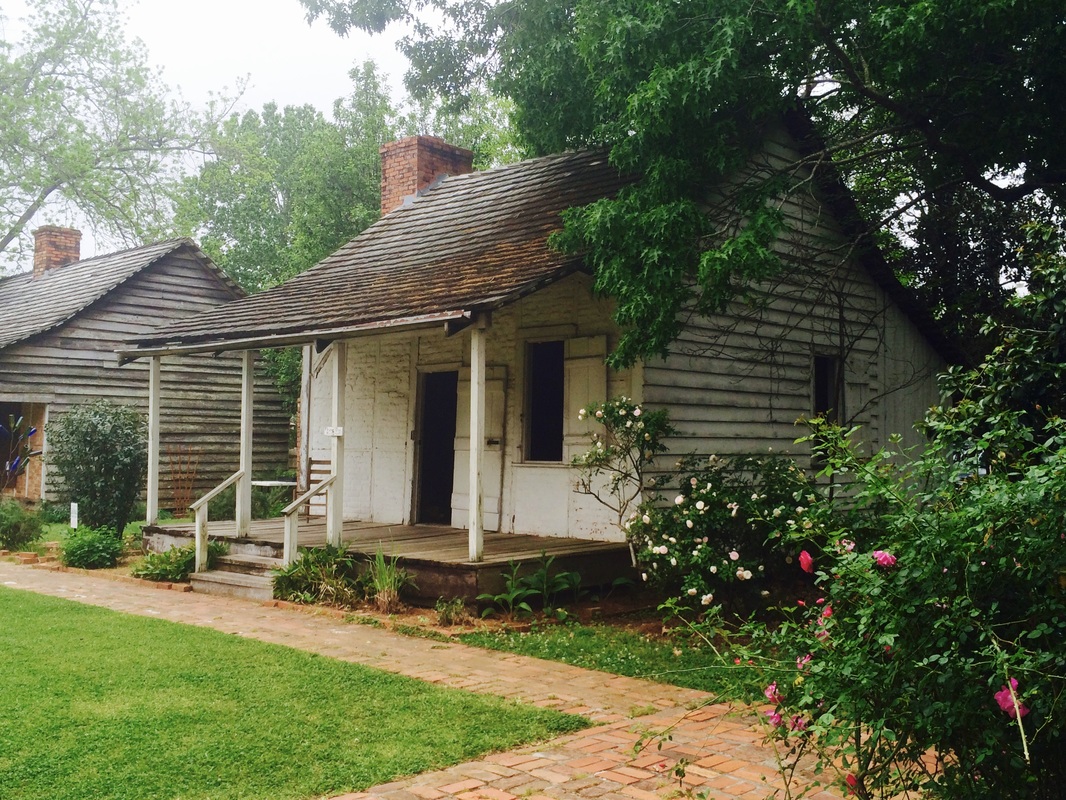
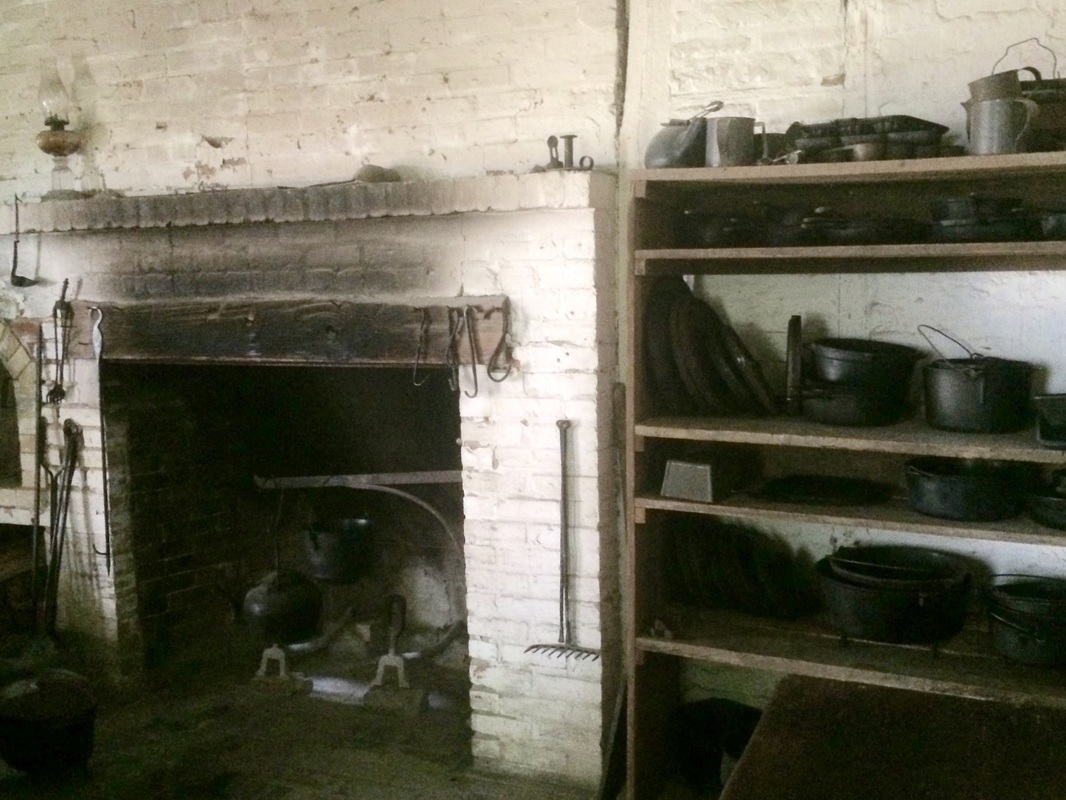
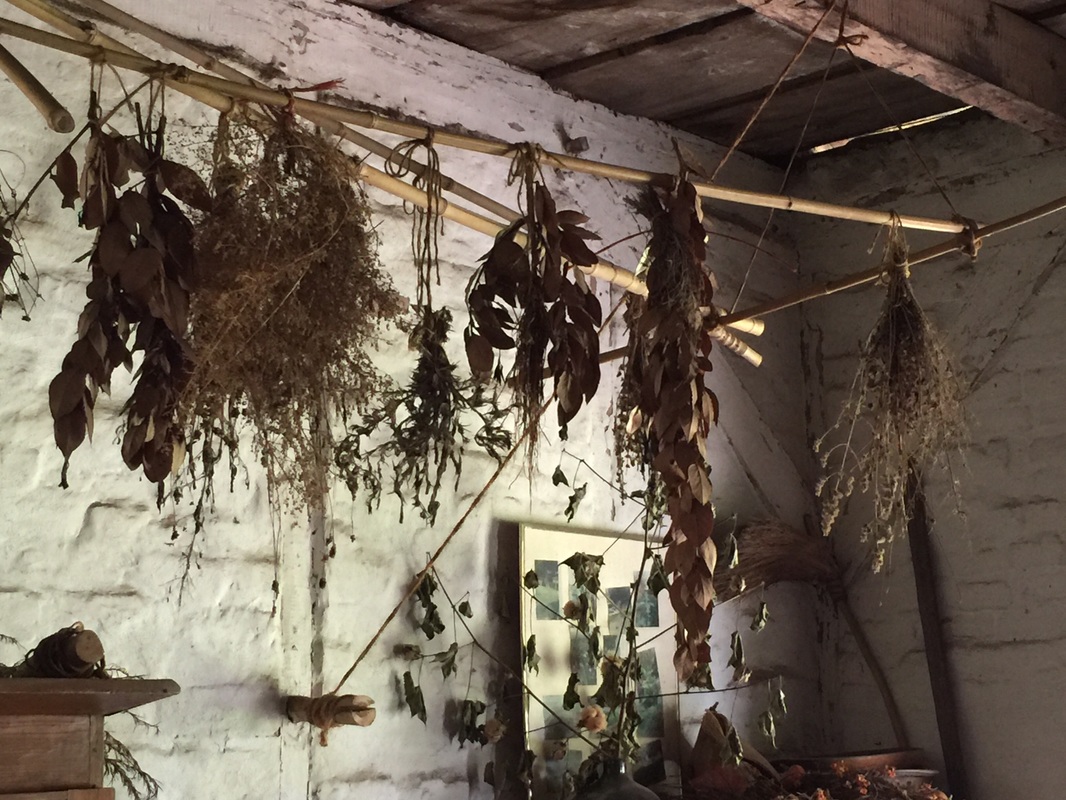
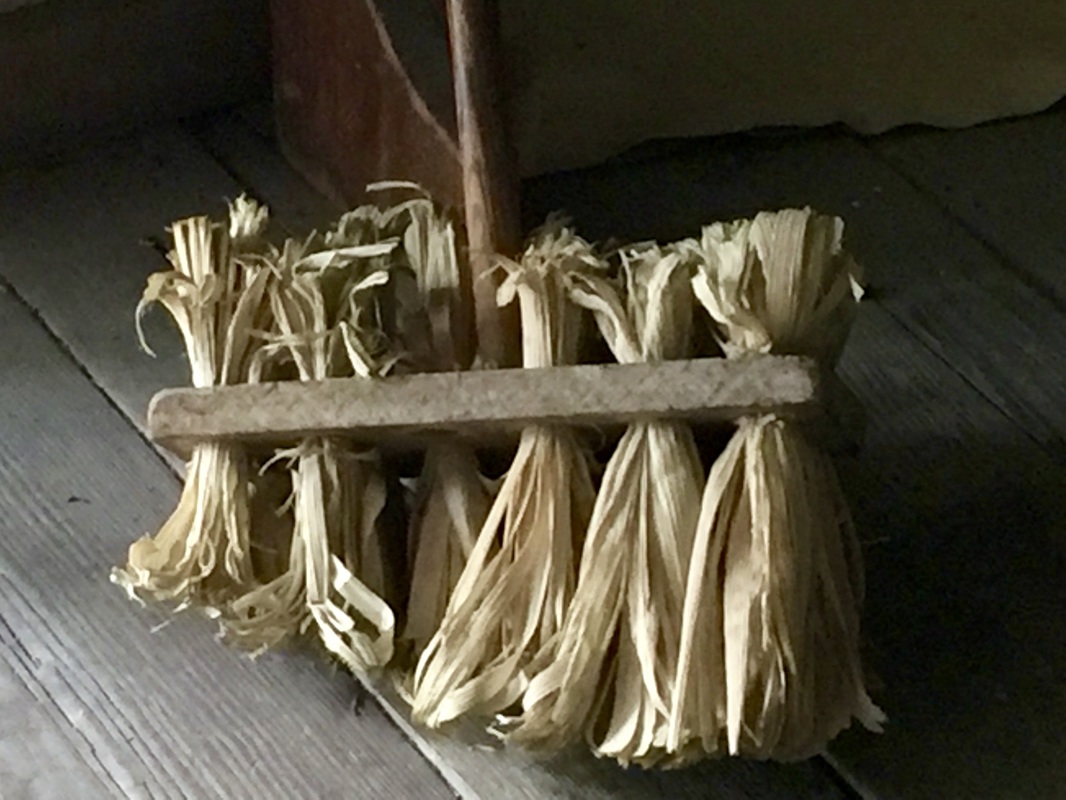
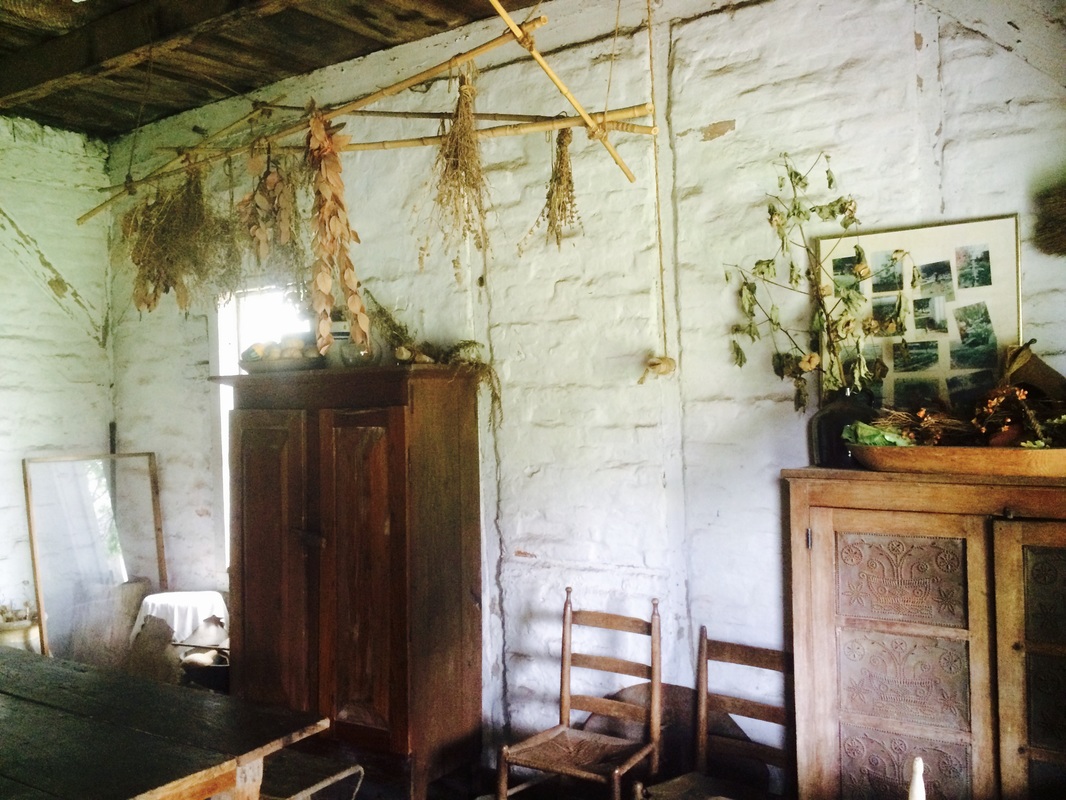
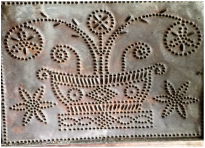
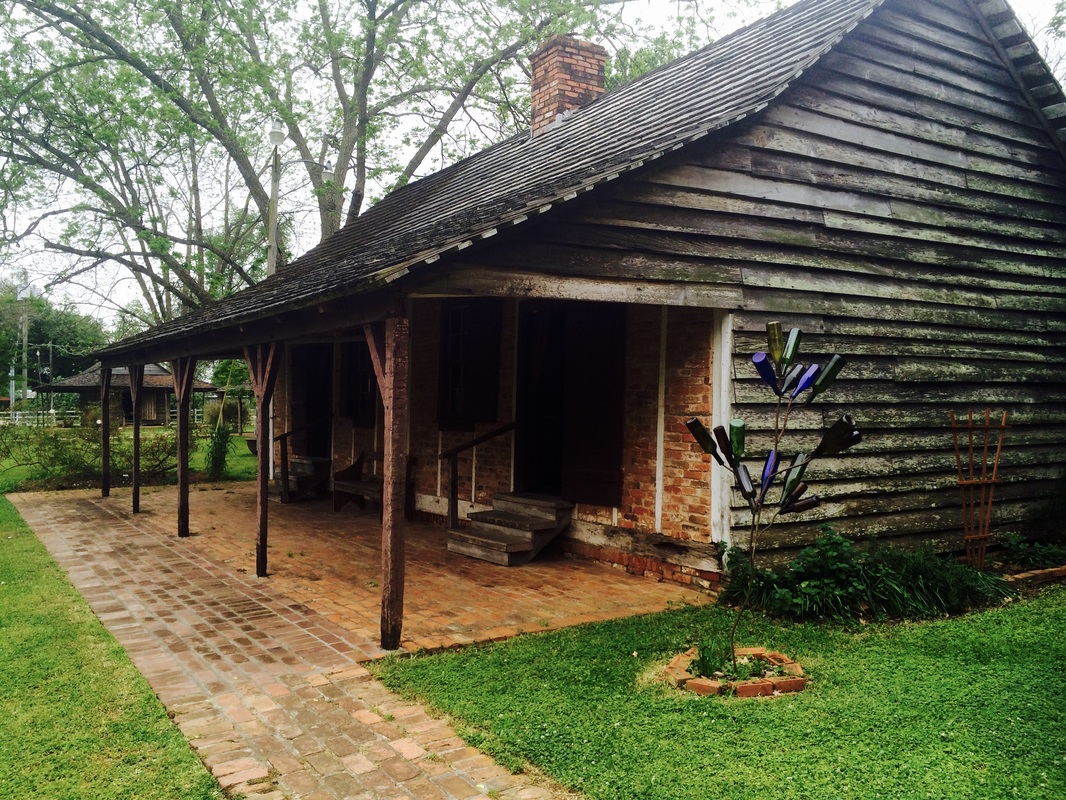
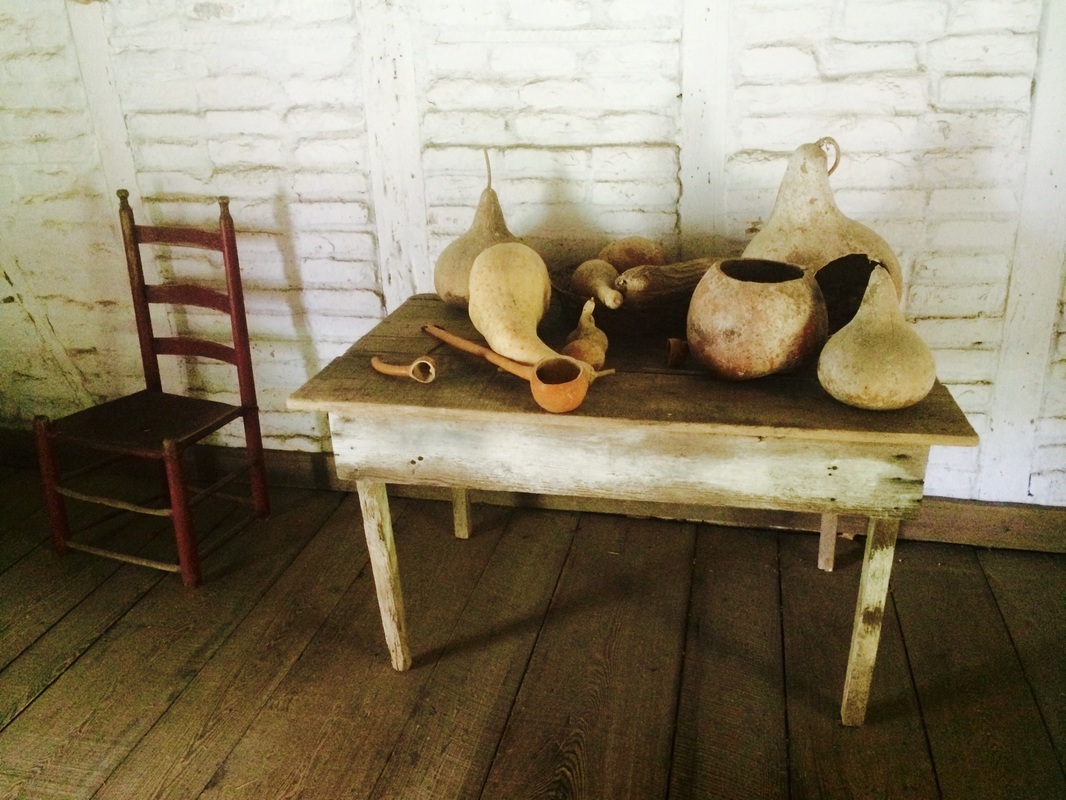

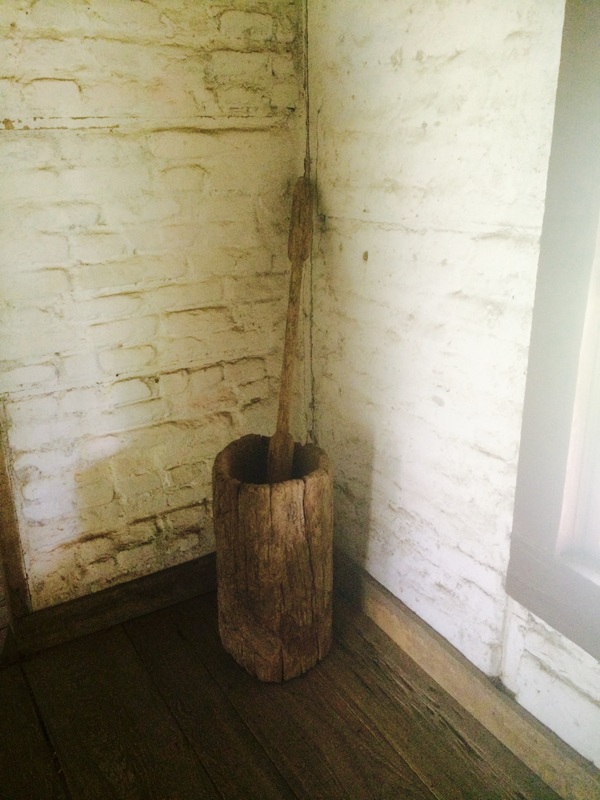
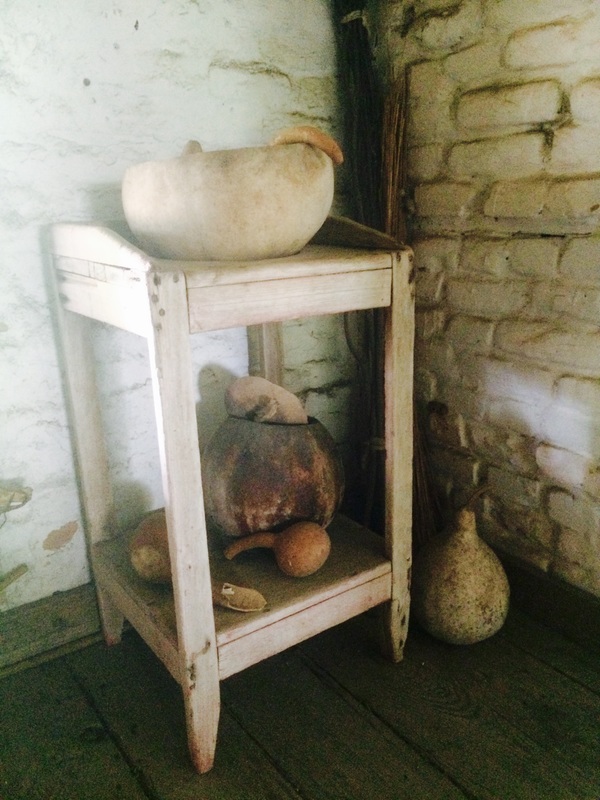
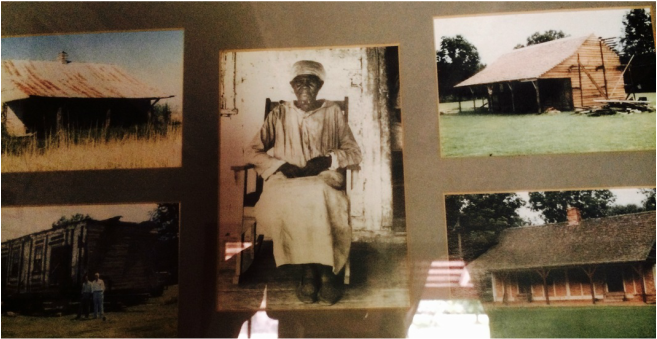
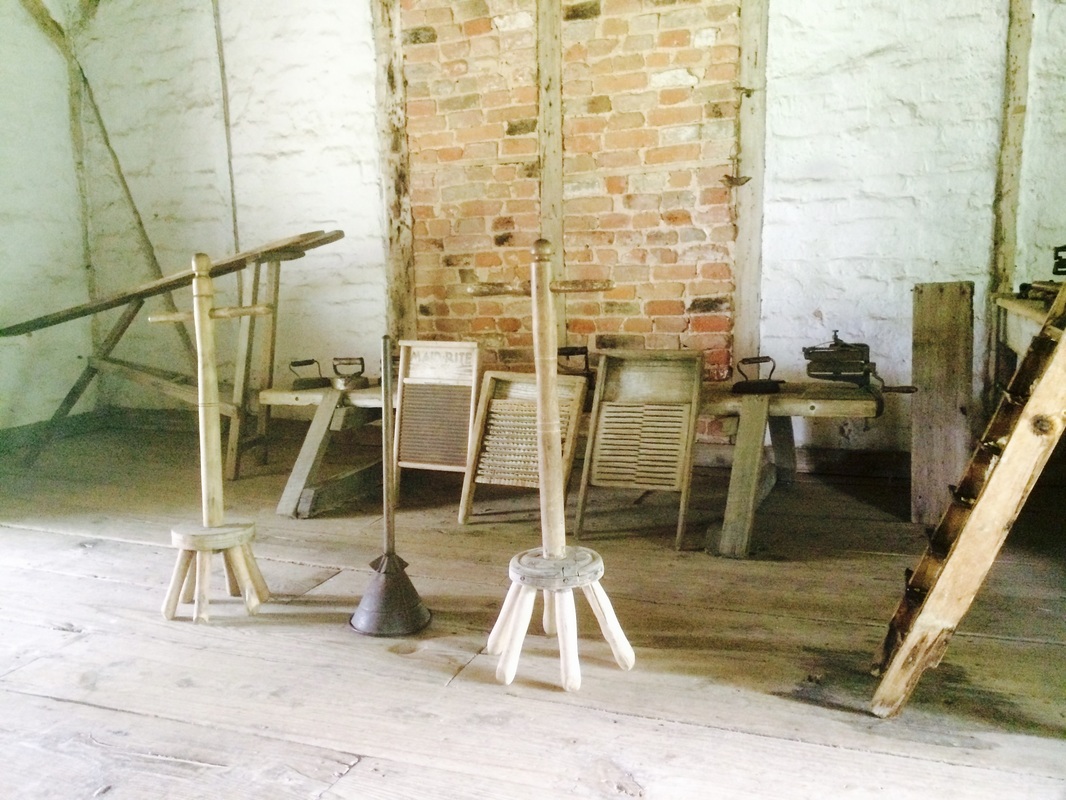
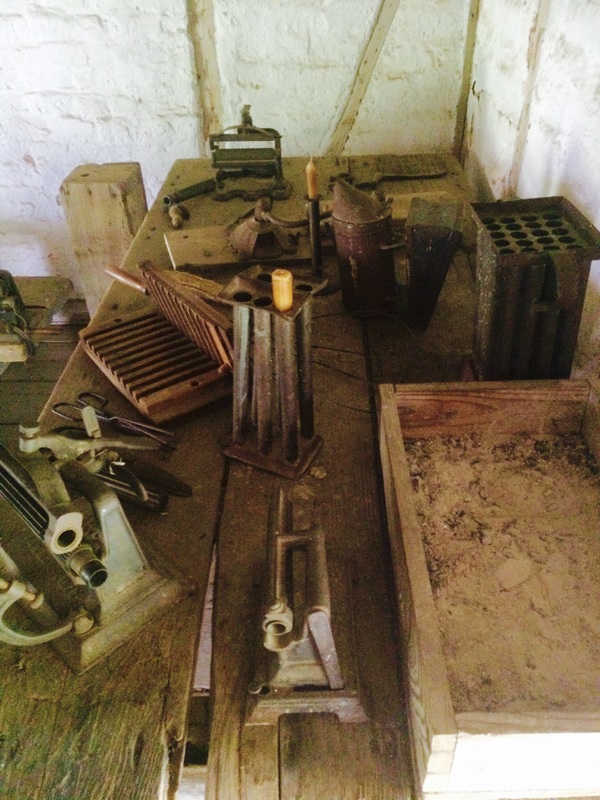
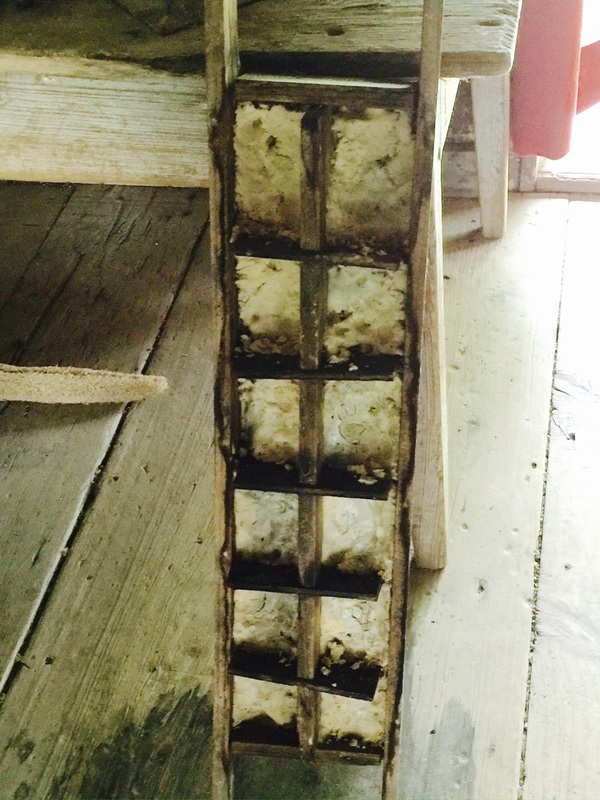
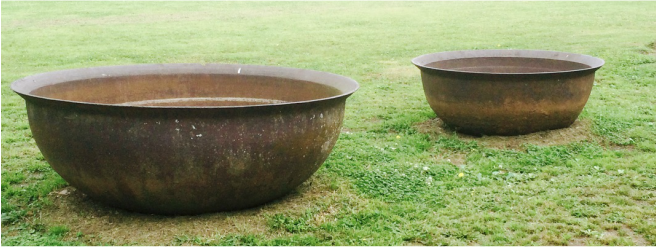
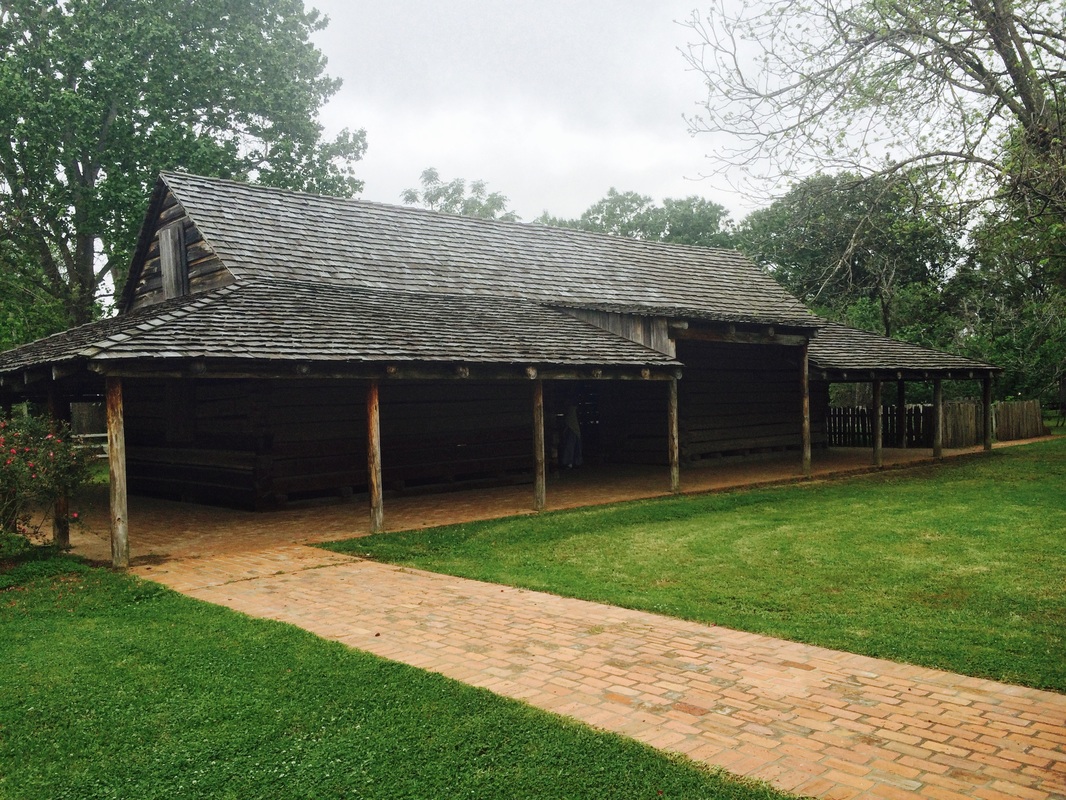
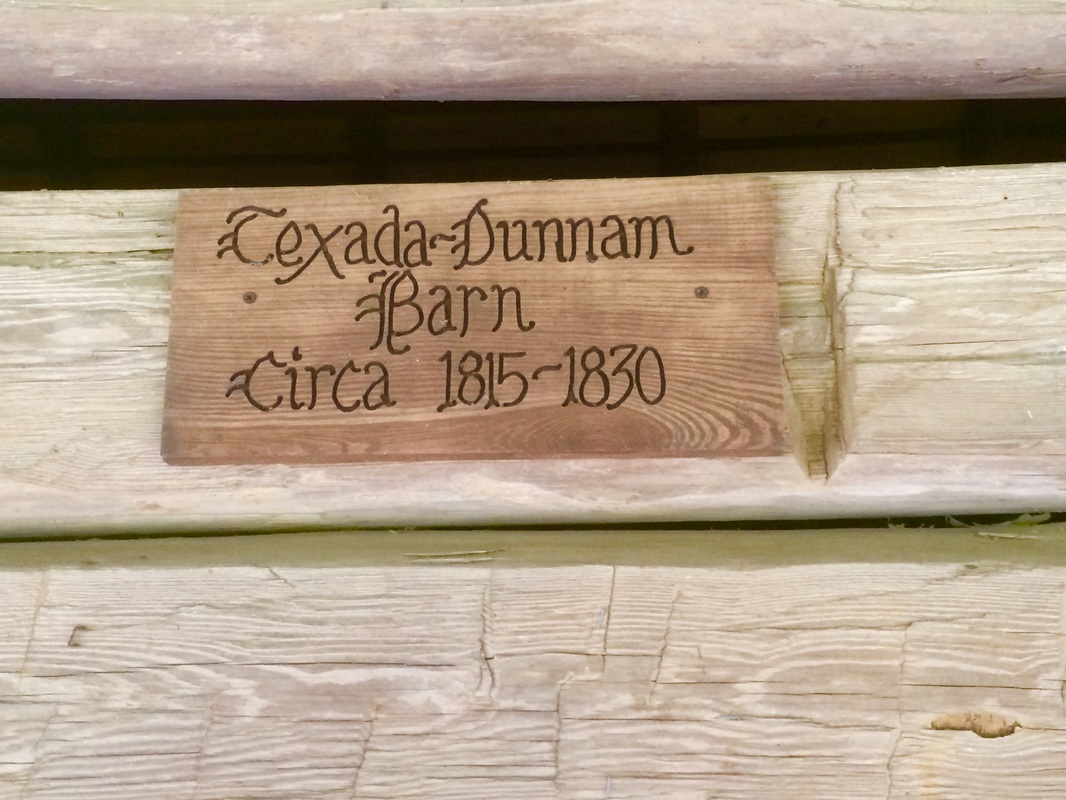
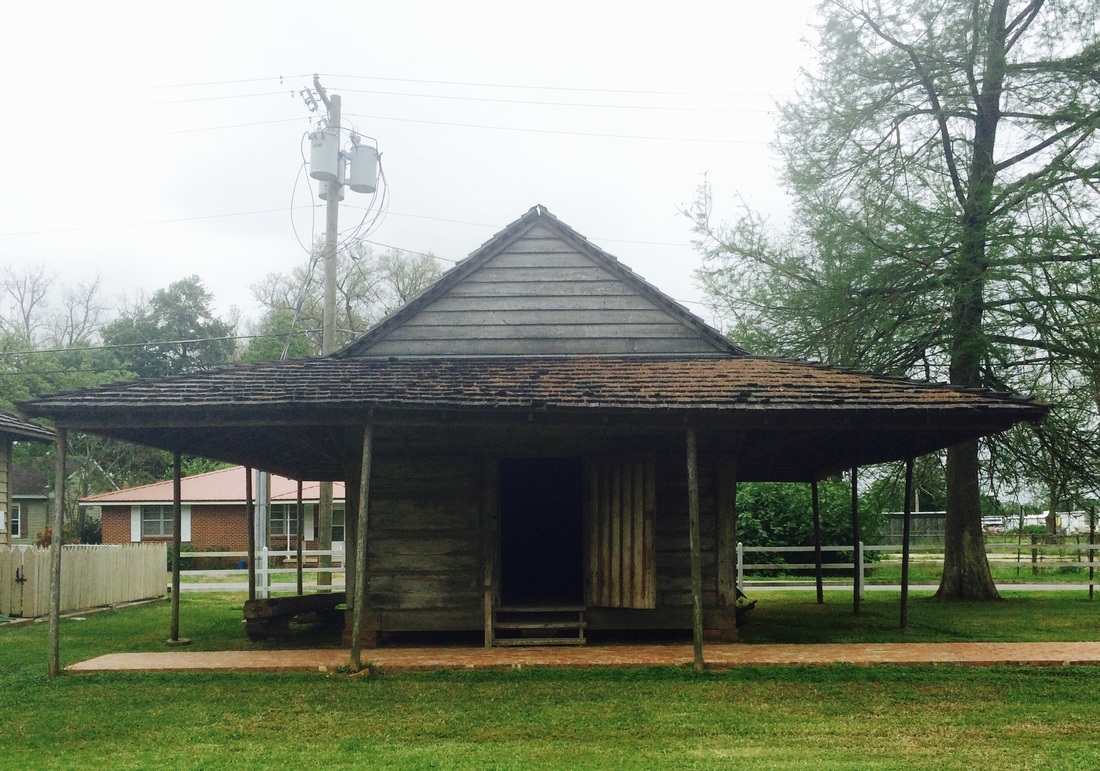
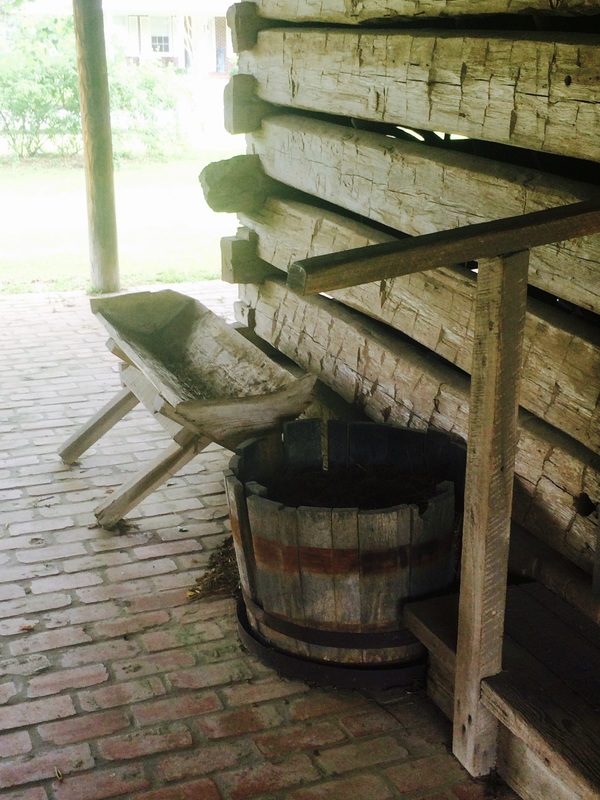
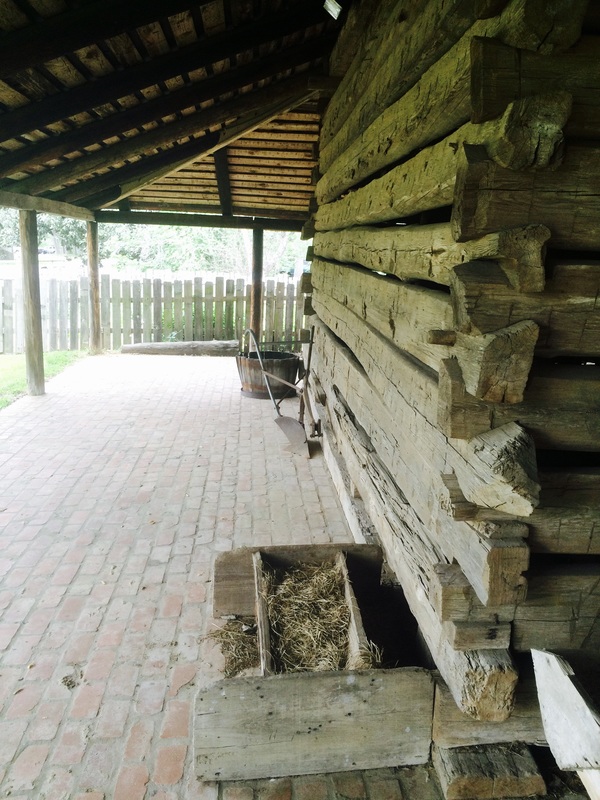
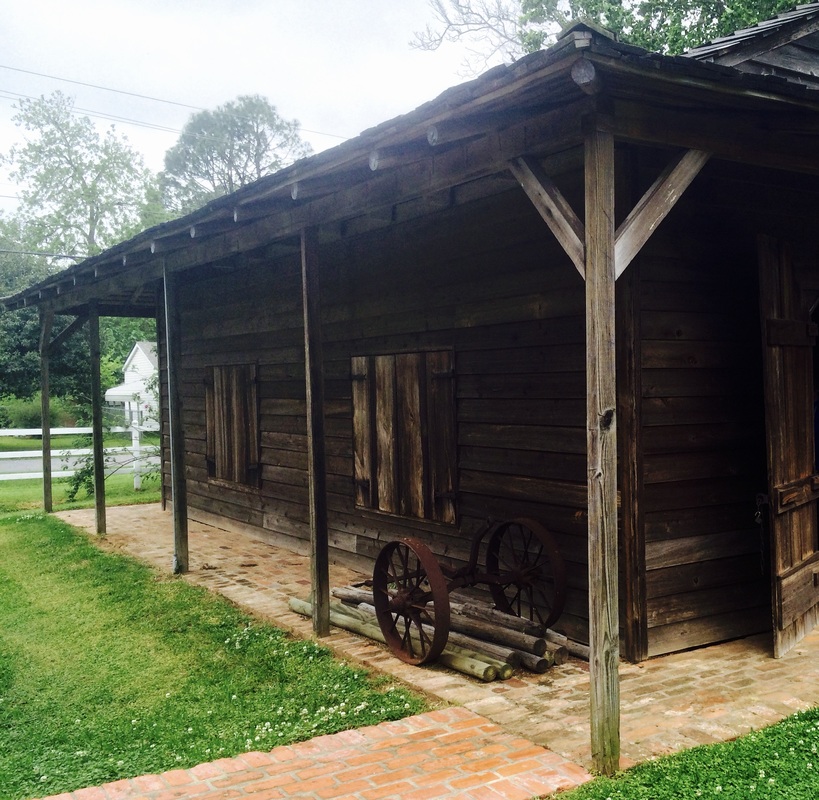
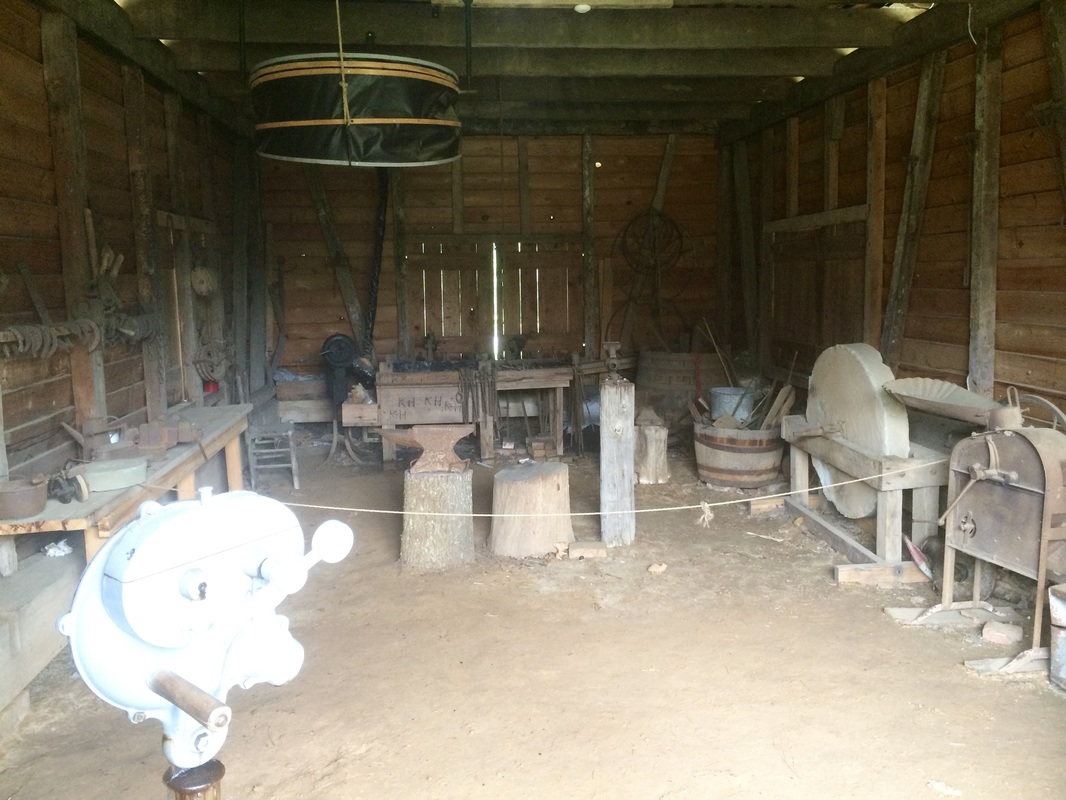
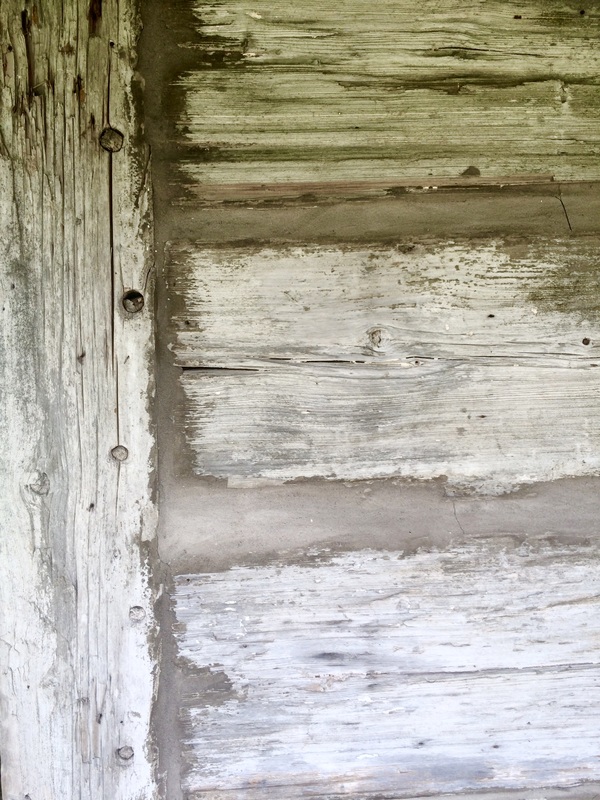
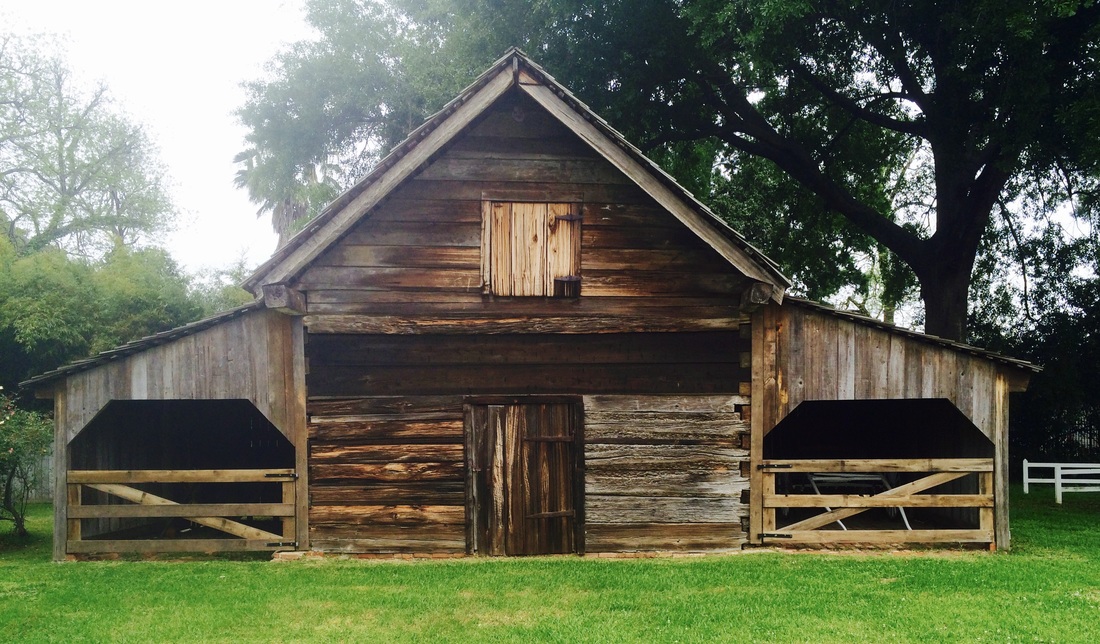
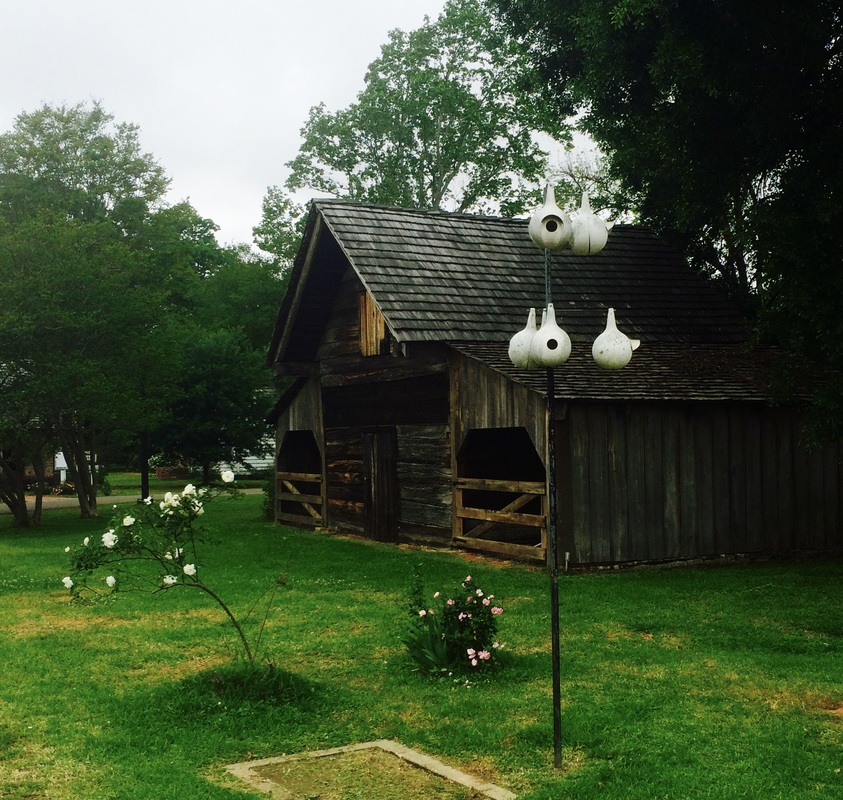
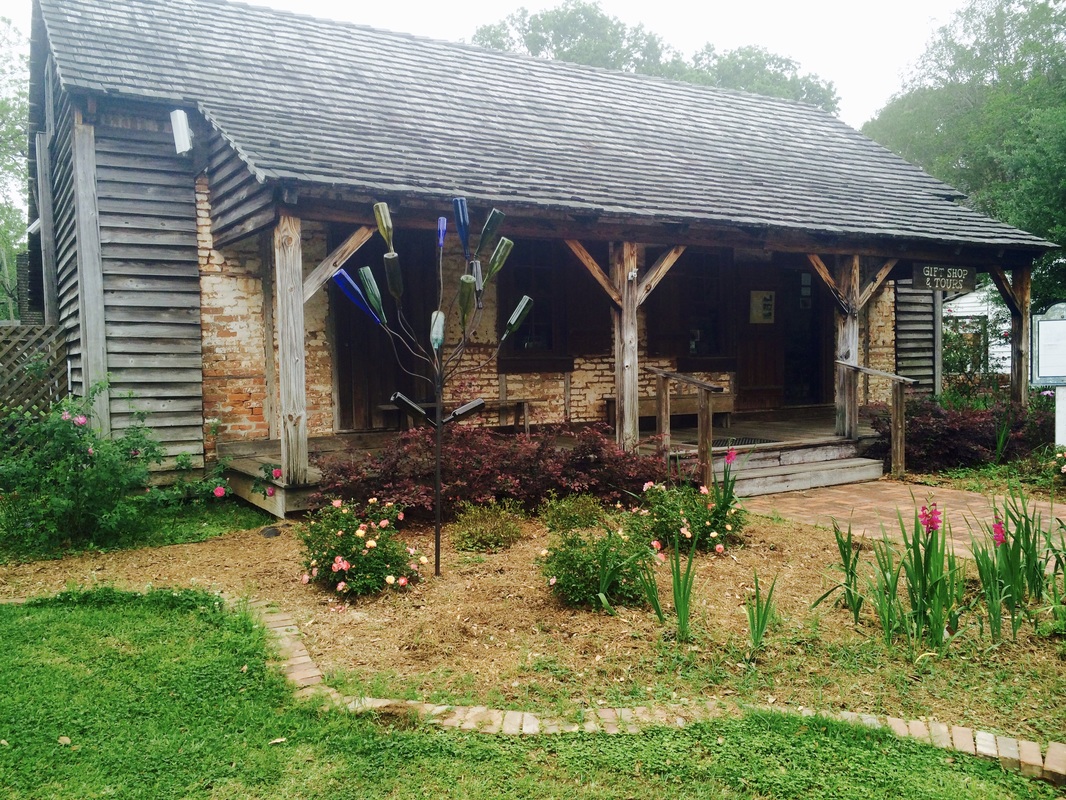

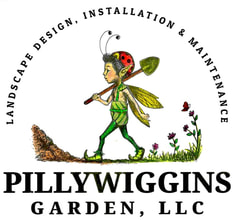
 RSS Feed
RSS Feed
